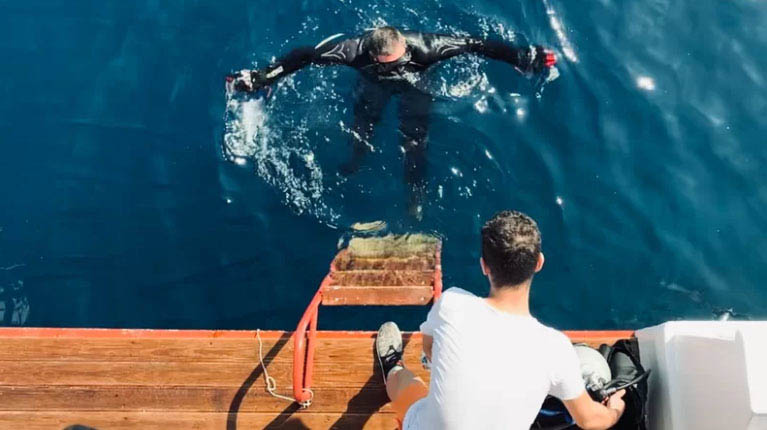Fully open or fully off… please
OK – so we know that we have already talked about this a while ago in our blog Tank on or off – the big quarter turn debate but it just keeps popping up time and again.
There’s lots of things to chat about and debate in scuba diving. Best diving equipment manufacturer, best agency, best dive site… the list is endless.
But here at Dive Bunnies there is most certainly one topic on which there is no debate. Our view is completely clear – your tank should be either fully on or fully off.
Nothing in between.
We thought it might be useful, however, to cover off why there is a sizable chunk of scuba divers who still believe that once you turn your tank valve fully on, you should turn it back a little (typically a quarter turn) so that the tank is “almost fully open”.
It all stems from when tank valves could get stuck in the open position if turned all the way open. If the first stage was to suffer a free flow it wasn’t possible to shut the stuck valve off and the affected diver would have to surface with the violence of the free flow continuing right behind their head.
This situation will not happen if the valve has been manufactured in the last 40 odd years!
The challenge is that the practice of “backing the valve off a quarter turn” continued to be practiced and, most worryingly, taught to student divers by some instructors.
Main problem? If the tank is actually “almost fully off”, i,e, someone has elected to check a tank and fully closed the valve before turning it back a bit, the air supply is compromised – a problem that probably won’t show itself at the surface during a buddy check.
When the diver drops in, all will be good for the first few metres. As the pressure builds though, the partially open valve will not provide sufficient air and will simply stop delivering to the regulator.
So there is debate and we all love a good debate. But when it comes to the valve being fully on or fully off then our view is clear:
Adherence to this antiquated practice can be dangerous and even fatal.







